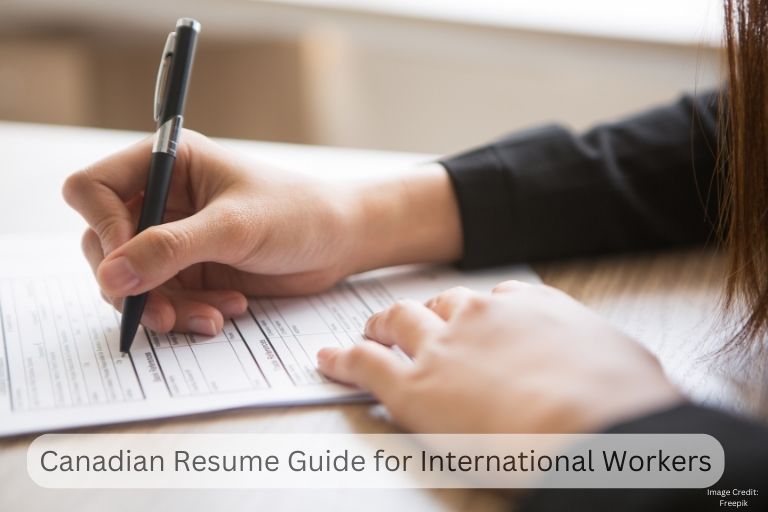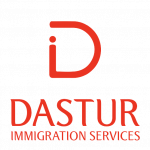When you’re planning to move to Canada, one of the biggest concerns will be finding a job. And the first step in this is how to write your resume in the Canadian resume format.
If you want your resume to stand out in Canada, you’ll need to know the basics of a Canadian resume format. With these step-by-step instructions, you’ll be more impressive than other candidates.
This blog will focus on one particular aspect of getting a job in Canada: how to create a resume for Canada in the Canadian resume format.
There’s no fundamental difference in the general information that you need to put in your resume.
Here are the sections of a Canadian resume:
- A header for contact information
- Personal Summary
- Work experience
- Education (if necessary/applicable)
- A list of skills
- Additional sections like (if needed)
How to Write Different Sections in a Canadian Resume
A resume in Canada is exactly the same as an American resume. When writing a Canadian resume, you’ll follow many of the same steps as you would for an American resume. Here are some basic resume guidelines before applying for a Canadian job:
Set your resume margins to one inch on all sides and double space between sections to create plenty of reader-friendly white space.
- Use line spacing set to 1.15.
- Stick to 1–2 pages for your resume length.
- Choose an easy-to-read resume font.
- Use a larger font size to emphasize your resume section headers.
- Make important information stand out with bolding and italics.
1. Header
In your header, make sure to include contact information, location, and your name. You don’t need your full address or a picture. You may also include your visa or work status. If the employer scans down your resume and sees that you’re from a foreign country they might immediately wonder about your visa or work status. At the top, do not write the words resume or CV!
2. A personal summary
Write a paragraph or two to set the scene for your resume. Highlight your best achievements and breadth of experience. Write something impactful and relevant to the position you’re applying for.
3. Work experience
Summarize each role you’ve had from your most recent position backward – i.e. reverse chronological order. Each role should have the name of the company at which you were employed and the city/country where you were based, your job title, dates you were employed, and details of the role.
4. Education
List any relevant professional qualifications you have with the dates obtained. Include any degrees or certifications you have along with the dates you attended and the name of the institution.
5. List of skills
If you are going to include this section, make sure to add a mix of hard skills and soft skills. Use professional language and be specific in how your skills and experience coincide with the job you’re applying to.
6. Additional sections
Any extra information should go into these sections. Insert volunteer work, awards, certificates, and other relevant experience here.
Final Takeaways:
- Make sure your resume is professional and focused
- Check your resume for Canadian spelling, measurements, and date formats
- Let your talents and skills shine through
- Keep your resume to 1-2 page
Conclusion
So that’s how you can create a great Canadian resume to get a job in Canada. Remember to follow the guidelines we mentioned above.
If you want professional assistance in getting your work permit or want to know how to create a stellar resume, contact our immigration consultants.
At Dastur Immigration Services, we turn your dreams into reality and would be thrilled to discuss your entry options into Canada. Our services include but are not limited to the following: Express Entry Program; Open Work Permit; Canadian Citizenship; Visa Extension & Restoration of Status; H & C Applications; PNPs; PR Card Renewal, and more.
Contact us or email your queries to info@dasturimmigration.com.

